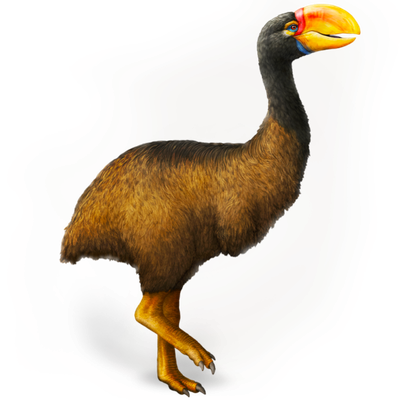Your search returned 2119 results
By Page Type
By Tag
- fish (966)
- blog (696)
- fishes of sydney harbour (401)
- First Nations (299)
- Blog (236)
- AMRI (169)
- archives (164)
- Eureka Prizes (146)
- Aboriginal and Torres Strait Islander (135)
- insect (126)
- Ichthyology (124)
- geoscience (109)
- minerals (102)
- climate change (100)
- podcast (94)
- Fish (91)
- Anthropology (89)
- International collections (80)
- Minerals Gallery (78)
- wildlife of sydney (78)
- Labridae (77)
- frog (74)
- gemstone (70)
- history (64)
- photography (64)
- Mollusca (60)
- gem (59)
- staff (59)
- Birds (56)
- Gems (56)
- Indonesia (56)
- education (56)
- shark (55)
- AMplify (54)
- people (53)
- earth sciences (50)
- past exhibitions (50)
- exhibition (49)
- Gobiidae (48)
- sustainability (46)
- Pomacentridae (45)
- Serranidae (44)
- lifelong learning (42)
- science (42)
- Earth and Environmental Science (41)
- Syngnathidae (41)
- Ancient Egypt (40)
- Bali (40)
- bird (40)
- dangerous australians (40)
-
Snails and slugs
https://australian.museum/learn/animals/molluscs/snails-and-slugs/Snails and slugs, know as gastropods, are the largest group of molluscs and contain about 70% of all mollusc species.
-
Chitons - Class Polyplacophora
https://australian.museum/learn/animals/molluscs/chitons-class-polyplacophora/Chitons are molluscs commonly found along rocky shores, although they may be difficult to find at first.
-
Moths, butterflies and skippers: Order Lepidoptera
https://australian.museum/learn/animals/insects/moths-butterflies-and-skippers-order-lepidoptera/Butterflies and moths are a group of insects known as lepidopterans, which means 'scaly wings'. It is these overlapping scales that give them their spectacular colours and patterns.
-
Frogs: Class Amphibia
https://australian.museum/learn/animals/frogs/frogs-class-amphibia/Amphibians crawled from the water over 370 million years ago and were the first vertebrates to colonise the land. Australia has around 200 species of native amphibians, all of which are frogs, belonging to the order Anura.
-
Great Barrier Reef
https://australian.museum/get-involved/amri/lirs/great-barrier-reef/The Great Barrier Reef is the world's largest system of coral reefs, mangrove and estuarine environments, and the Great Barrier Reef Marine Park covers an area of about 348,700㎢.
-
Eungella Honeyeater
https://australian.museum/learn/collections/natural-science/ornithology/ornithology-collection-eungella-honeyeater/Nowadays, it is rare that a new species of bird is discovered and rarer still that a discovery is made near a major town.
-
Deepsea Discoveries
https://australian.museum/learn/animals/fishes/ichthyology-collection-deepsea-discoveries/One of the strengths of the Australian Museum's Ichthyology collection is its deepsea fishes.
-
Australian Lungfish, Neoceratodus forsteri
https://australian.museum/learn/animals/fishes/ichthyology-collection-australian-lungfish/There are six species of lungfishes: four in Africa, one in South America and a single species, the Australian Lungfish in Australia.
-
Year in Review: 2017
https://australian.museum/learn/news/year-in-review-2017/A year in review at the Australian Museum for 2017.
-
Nancy Adams
https://australian.museum/about/history/people/nancy-adams/Nancy spent her entire working life in the Entomology Department of the Museum.
-
Discover more
2025 Australian Geographic Nature Photographer of the Year
Special exhibition
Free entry
Now open -
Discover more
Unfinished Business
Special exhibition
Free entry
Now open -
Find out more
Surviving Australia
Permanent exhibition
Free entry
Now open![]()
-
Find out more
Burra
Permanent kids learning space
Free entry
10am - 4.30pm![]()
-
Discover more
Minerals
Permanent exhibition
Free entry
Open daily![]()





